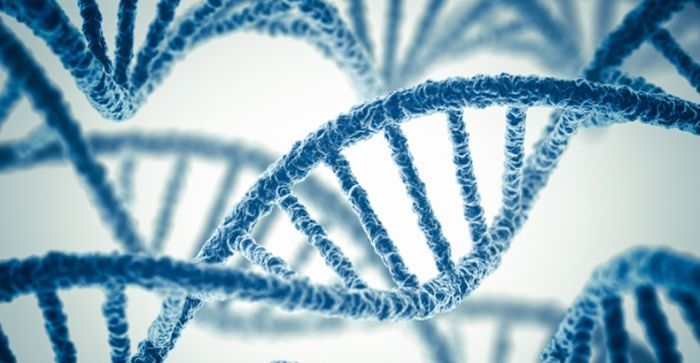Medically reviewed and approved by a board-certified member
Bacterial Genetics
Bacterial Genetics
By Dayyal Dg.Twitter Profile | Updated: Thursday, 15 June 2017 19:50 UTC

Bacterial genetics is the subfield of genetics devoted to the study of bacteria. Bacterial genetics are subtly different from eukaryotic genetics, however bacteria still serve as a good model for animal genetic studies. One of the major distinctions between bacterial and eukaryotic genetics stems from the bacteria's lack of membrane-bound organelles (this is true of all prokaryotes. While it is a fact that there are prokaryotic organelles, they are never bound by a lipid membrane, but by a shell of proteins), necessitating protein synthesis occur in the cytoplasm.
Like other organisms, bacteria also breed true and maintain their characteristics from generation to generation, yet at same time, exhibit variations in particular properties in a small proportion of their progeny. Though heritability and variations in bacteria had been noticed from the early days of bacteriology, it was not realised then that bacteria too obey the laws of genetics. Even the existence of a bacterial nucleus was a subject of controversy. The differences in morphology and other properties were attributed by Nageli in 1877, to bacterial pleomorphism, which postulated the existence of a single, a few species of bacteria, which possessed a protein capacity for a variation. With the development and application of precise methods of pure culture, it became apparent that different types of bacteria retained constant form and function through successive generations. This led to the concept of monomorphism.
- Comment
- Posted by Dayyal Dg.
End of the article